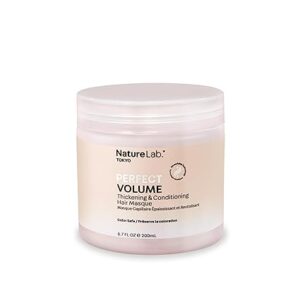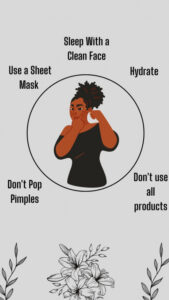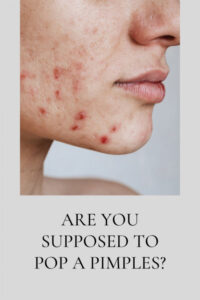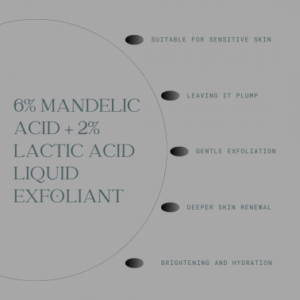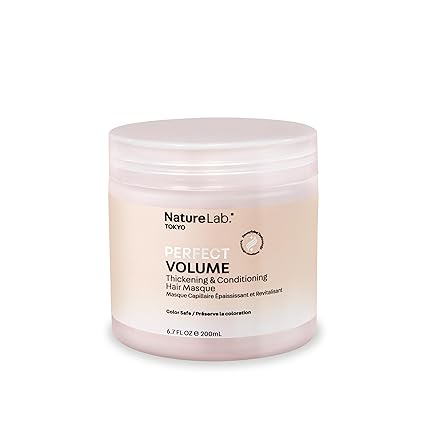Hypoallergenic refers to substances or products that are less likely to cause allergic reactions in individuals who are sensitive or allergic to certain allergens.
It doesn’t mean completely allergy-proof but rather a reduced likelihood of triggering allergies.
Table of Contents
ToggleWhat is naturally hypoallergenic?
Some naturally hypoallergenic materials include:
- Cotton
- Bamboo
- Wool
- Silk
- Down (but be aware that some people are allergic to down)
- Coconut oil
- Oatmeal
- Shea butter
- Aloe vera
- Calendula
Is hypoallergenic good or bad?
Hypoallergenic products are generally considered to be good, especially for people with allergies or sensitive skin. However, it is important to note that no product is guaranteed to be 100% hypoallergenic. Some people may still have an allergic reaction to a hypoallergenic product, especially if they have multiple allergies or a severe allergy.
The three most common types of allergies are:
Food allergies:
These allergies are caused by a reaction to a protein in a food. Some common food allergies include milk, eggs, peanuts, and shellfish.

vista.com
Pollen allergies:
These allergies are caused by a reaction to pollen from trees, grasses, or weeds.
Pet allergies:
These allergies are caused by a reaction to pet dander, which is a flaky skin that sheds from animals.
Seasonal Allergies (Hay Fever):
Also known as allergic rhinitis, these allergies occur in response to airborne .
Allergic Skin Conditions:
These include contact dermatitis, hives (urticaria), and eczema, which result from skin contact with allergens.
Seven common allergy symptoms include:
- Sneezing
- Runny or stuffy nose
- Watery or itchy eyes
- Coughing
- Wheezing
- Skin rash or hives
- Itchy or irritated skin
What are two symptoms of skin allergy?
Two common symptoms of a skin allergy are:
- Skin Rash: Skin allergies often manifest as red, itchy rashes that can vary in size and shape. Contact dermatitis and hives are examples of skin conditions associated with allergies.
- Swelling: Allergic reactions can lead to swelling of the skin, known as angioedema. This can occur around the eyes, lips, or other areas of the body.

Young woman with skin allergy vista.com
Ten rare allergies can include:
1.Water Allergy (Aquagenic Urticaria):
An allergy to water, which can cause hives when the skin comes into contact with it.
2.Sun Allergy (Solar Urticaria):
An allergy to sunlight, leading to skin rashes and hives upon sun exposure.
3.Exercise-Induced Anaphylaxis:
Allergic reactions triggered by physical activity, often in combination with certain foods.
4.Cold Urticaria:
An allergy to cold temperatures, causing hives and itching when exposed to cold.
5.Red Meat Allergy:
An allergy to a sugar molecule found in red meat, often associated with tick bites.
6.Chewing Gum Allergy:
Allergic reactions to various ingredients in chewing gum.
7.Perfume Allergy (Fragrance Allergy):
Allergic reactions to fragrances in perfumes and cosmetics.
8.Latex Allergy:
Allergic reactions to latex, which can be found in rubber gloves, balloons, and certain medical devices.
9.Metal Allergies:
Allergic reactions to metals like nickel, often causing contact dermatitis.
10.Allergy to Exercise (Exercise-Induced Bronchoconstriction):
Reactions like wheezing and shortness of breath during or after exercise.
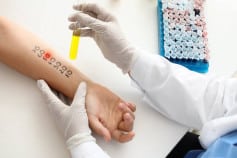
Allergen skin tests in clinic -vista.com
How are allergies diagnosed?
Allergies are diagnosed through a combination of medical history, physical examinations, and specific diagnostic tests. Here is an overview of how allergies are typically diagnosed:
1.Medical History: The process often begins with a detailed discussion of your medical history with a healthcare provider. They will ask about your symptoms, their duration and frequency, any potential triggers, and any family history of allergies or related conditions.
2.Physical Examination: A physical examination may be conducted to assess any visible signs of allergies or related conditions, such as eczema, hives, or nasal congestion.
3.Allergy Symptom Assessment: Your healthcare provider will assess the nature and severity of your allergy symptoms. This helps in narrowing down the potential allergens or triggers.
4.Allergy Testing: Depending on the suspected allergens and the information gathered during the medical history and physical examination.
5.Skin Prick Test (SPT): In this test, a small amount of allergen extract is applied to your skin.
6.Patch Test: Patch tests are often used to diagnose contact dermatitis, a type of allergic skin reaction.
7.Blood Tests: Blood tests, such as the RAST (Radioallergosorbent) test or specific IgE (Immunoglobulin E) blood tests, measure the levels of allergen-specific antibodies in your bloodstream. Elevated levels of IgE antibodies can indicate an allergic response to particular allergens.
8.Challenge Tests: In certain cases, especially for food allergies, healthcare providers may perform controlled challenge tests. This involves exposing you to a suspected allergen in a controlled environment, such as a medical office, to observe any allergic reactions.
9.Elimination Diet: For suspected food allergies, an elimination diet may be recommended. This involves removing potential trigger foods from your diet for a specific period and then gradually reintroducing them while monitoring for allergic reactions.
10.Symptom Diary: Keeping a detailed diary of your symptoms, including when they occur and what you were exposed to, can be helpful in identifying potential allergens.
FAQ
What is hypoallergenic oils?
Hypoallergenic oils are oils that are less likely to cause an allergic reaction. Some examples of hypoallergenic oils include:
- Avocado oil
- Coconut oil
- Grapeseed oil
- Jojoba oil
- Olive oil
- Safflower oil
- Sunflower oil
Hypoallergenic oils are often used in cooking, baking, and skin care products. They are also a popular choice for people with allergies or sensitive skin.
what is hair allergies?
Hair allergies are relatively rare, but they can occur. People with hair allergies can have a reaction to the hair of any animal, but the most common allergens are cat and dog dander.
Dander is a flaky skin that animals shed. It is made up of protein and other substances that can trigger an allergic reaction in some people.
Symptoms of a hair allergy can include:
- Sneezing
- Runny or stuffy nose
- Itchy, watery eyes
- Hives
- Itchy skin
- Wheezing
- Shortness of breath
In some cases, a hair allergy can trigger a life-threatening reaction known as anaphylaxis.
Which bar soap is hypoallergenic?
Several bar soaps are marketed as hypoallergenic, meaning they are formulated to be less likely to cause allergic reactions or skin irritations. That is here:
- Cetaphil
- Dove Sensitive Skin Beauty Bar
- Aveeno
- Neutrogena
- Vanicream
- Eucerin Advanced Cleansing Body and Face Cleanser
All hypoallergenic products may contain ingredients that can cause reactions in some individuals. Please ensure a product is suitable for your skin, consider consulting a dermatologist or allergist for personalized recommendations, especially if you have specific allergies or skin conditions.




